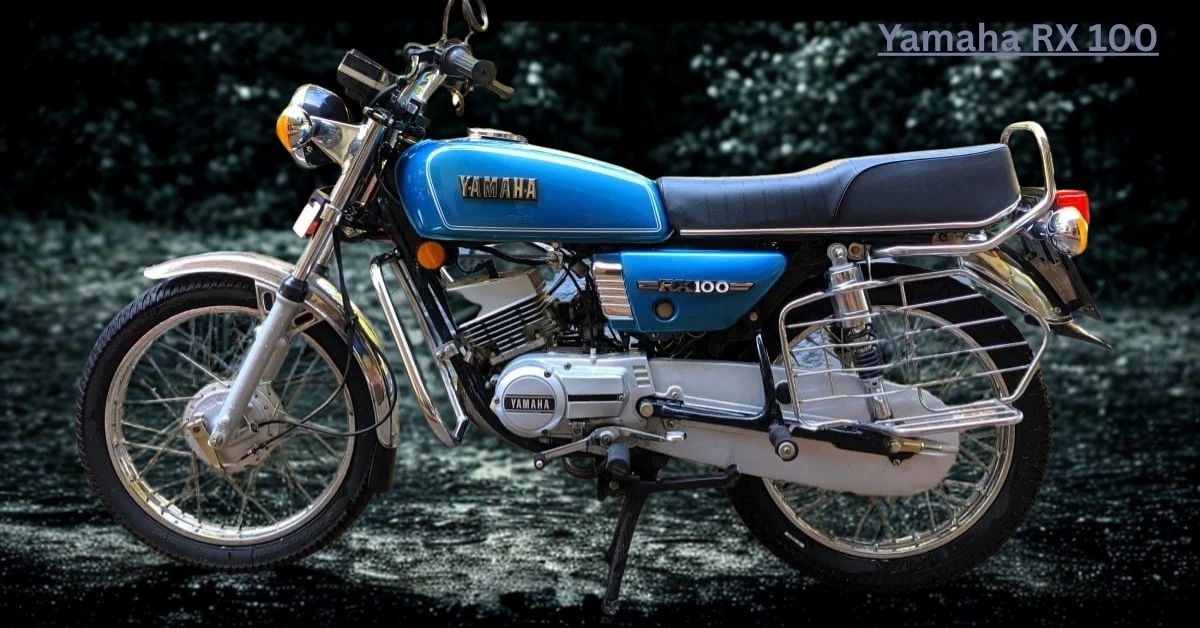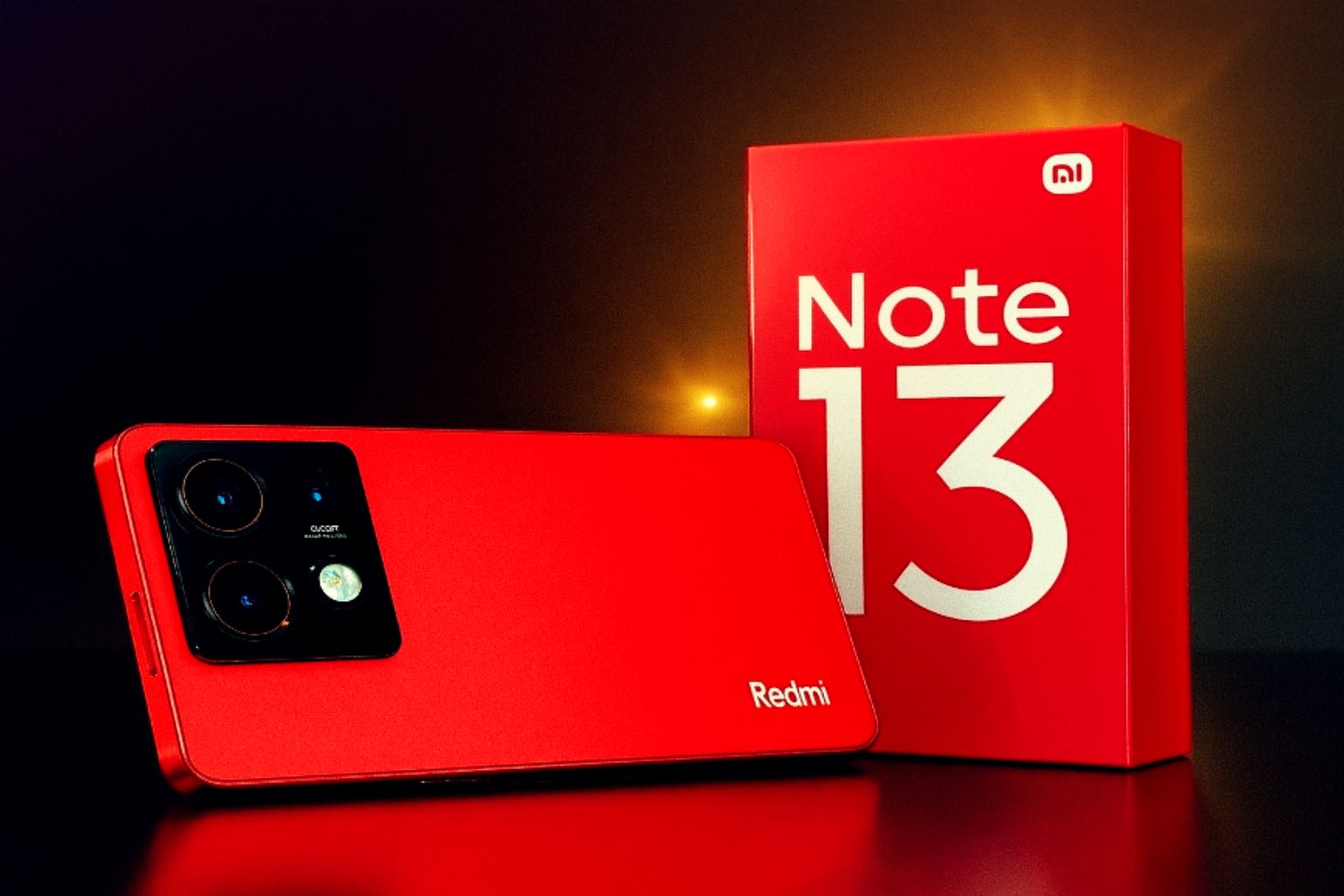The Yamaha RX 100 is more than just a motorcycle; it’s a legend. First introduced in 1985, the RX 100 quickly became one of the most beloved two-wheelers in India and other parts of the world. With its powerful 100cc engine, light frame, and sporty appeal, it changed the landscape of motorcycles and set new standards for performance, style, and reliability.
In this article, we’ll take a deep dive into the Yamaha RX 100, examining its history, design, performance, and legacy. Whether you’re a motorcycle enthusiast or simply curious about this iconic bike, this review covers all the important aspects.
1. Introduction to the Yamaha RX 100
The Yamaha RX 100 is widely regarded as one of the most iconic motorcycles ever built by the Japanese manufacturer Yamaha. It made its debut in the 1980s when India was seeing a surge in the demand for small-engine motorcycles. The RX 100 quickly gained popularity, thanks to its agile handling, light weight, and high performance.
At a time when the Indian market was predominantly dominated by commuter motorcycles, the RX 100 brought something entirely different—a performance motorcycle that could deliver thrilling speeds without compromising on efficiency.
The RX 100 was discontinued in 1996, but it continues to live on in the hearts of motorcycling enthusiasts. It has achieved a cult status and remains a favorite for retro bike collectors and vintage motorcycle lovers.
2. History and Evolution of Yamaha RX 100
The Yamaha RX 100 was launched during a time when India was transitioning into a new era of automotive choices. The country’s motorcycle market was still largely dominated by commuter motorcycles that prioritized fuel efficiency and reliability over performance.
In the mid-1980s, Yamaha saw an opportunity to bring in a bike that could fill the gap between the commuter and the sports motorcycle segment. The RX 100 was built with a two-stroke, single-cylinder engine that offered a unique balance of power and efficiency.
Over the years, Yamaha released several iterations and variants of the RX 100. The most notable was the Yamaha RX 135, which featured a 132cc engine, offering a better performance level than the 100cc version but maintaining the same design and spirit. Despite the growing competition from newer four-stroke motorcycles, the RX 100 remained a favorite for many until its discontinuation.
3. Design and Build Quality
One of the standout features of the Yamaha RX 100 was its lightweight design. Unlike many heavy, bulky motorcycles of its time, the RX 100 had a compact and agile frame that made it perfect for both city commutes and weekend rides.
The design of the RX 100 was sleek and sporty, making it stand out in the crowd. With a minimalist fuel tank, sharp lines, and an angular front, the bike was an embodiment of 1980s motorcycle design. The chrome accents on the exhaust pipe and headlamp assembly added a touch of elegance to the overall look.
Despite its lightweight frame, the build quality of the RX 100 was robust. The chassis was durable and built to last, with many old RX 100s still running strong even decades after production. The simple, sturdy design contributed significantly to its long-lasting appeal.
4. Engine and Performance
The heart of the Yamaha RX 100 is its 100cc, two-stroke engine that delivered an impressive output for its time. Here’s a breakdown of its engine and performance characteristics:
Engine Specifications
- Engine Type: 2-Stroke, Single Cylinder
- Displacement: 98cc
- Bore x Stroke: 50.0mm x 56.5mm
- Power Output: 11.0 bhp @ 7,500 rpm
- Torque: 8.0 Nm @ 6,500 rpm
- Compression Ratio: 6.9:1
- Cooling System: Air Cooled
Performance
The RX 100 was capable of reaching a top speed of around 100-110 km/h, which was impressive for a motorcycle in the 100cc segment. The bike’s lightweight design, combined with its agile handling, made it perfect for both city traffic and open roads.
The two-stroke engine provided a punchy performance, delivering power almost instantaneously when the throttle was twisted. Though two-stroke engines are less fuel-efficient compared to their four-stroke counterparts, the RX 100 managed to strike a balance, offering decent fuel efficiency and thrilling performance.
The gearbox was a 4-speed constant mesh unit that offered smooth shifts, while the kick-start mechanism was simple and effective.
5. Ride and Handling
When it comes to ride quality, the Yamaha RX 100 was a standout performer. Its lightweight chassis and nimble handling made it easy to maneuver, even in crowded urban areas. The suspension setup, with telescopic forks at the front and twin shock absorbers at the rear, provided a comfortable ride over smooth and slightly bumpy roads.
While the RX 100 was not intended for long-distance touring, it was perfect for short to medium commutes and weekend rides. The seat height was low, allowing shorter riders to plant their feet firmly on the ground. The ergonomics of the bike were designed to ensure a comfortable ride for most riders, even during longer journeys.
6. Fuel Efficiency and Maintenance
One of the key selling points of the Yamaha RX 100 was its fuel efficiency. Given its small 100cc engine and two-stroke configuration, the RX 100 could deliver an impressive mileage of around 35-40 km/l under normal riding conditions.
However, two-stroke engines are known for higher maintenance compared to four-stroke engines. The RX 100 required regular oil changes and attention to the carburetor to maintain its performance levels. The bike also used a mix of engine oil and fuel, a process that required attention to detail to avoid damaging the engine.
Despite the relatively higher maintenance demands, the RX 100 was easy to repair, and spare parts were relatively inexpensive and widely available. This made the bike accessible for many people in terms of upkeep.
7. Yamaha RX 100’s Legacy
Although the Yamaha RX 100 was discontinued in the 1990s, its legacy lives on. It continues to be a collector’s item, with many vintage bike enthusiasts seeking to own and restore these iconic motorcycles. The RX 100’s simplicity, combined with its unmatched performance, makes it a desirable choice for riders who appreciate classic bikes.
Even after decades, the Yamaha RX 100 remains one of the most iconic two-stroke motorcycles in Indian automotive history. It has inspired many other manufacturers to create motorcycles that offer similar performance but with modern features.
8. Yamaha RX 100 Price and Availability
When it was first launched, the Yamaha RX 100 was priced at approximately ₹20,000 in India. Over the years, the price of the RX 100 has increased in the used market, depending on the condition and model year.
Today, the Yamaha RX 100 can be found in the used bike market for around ₹30,000 to ₹60,000, depending on the condition and restoration work done on the bike. The RX 100’s timeless appeal has kept its resale value high, especially among collectors and retro bike enthusiasts.
9. Pros and Cons of Yamaha RX 100
Pros:
- Lightweight and agile
- Impressive performance for a 100cc bike
- Classic and iconic design
- Affordable maintenance and spare parts
- Great for short to medium rides
- Legendary two-stroke engine performance
Cons:
- High maintenance requirements
- Not the most fuel-efficient in the long run
- Limited comfort for long-distance touring
- Lack of modern features (compared to newer motorcycles)
10. Conclusion
The Yamaha RX 100 is more than just a motorcycle; it is a piece of history. Its powerful engine, lightweight design, and timeless appeal make it an iconic bike that continues to capture the hearts of motorcycling enthusiasts worldwide.
Although it was discontinued decades ago, the Yamaha RX 100 remains one of the most beloved two-stroke motorcycles, and its legacy will undoubtedly live on for years to come. Whether you’re a collector, a retro enthusiast, or simply someone who appreciates well-engineered motorcycles, the Yamaha RX 100 is a bike that should not be overlooked.
Technical Specifications Table
| Feature | Specification |
|---|---|
| Engine Type | 2-Stroke, Single Cylinder |
| Displacement | 98cc |
| Power Output | 11.0 bhp @ 7,500 rpm |
| Torque | 8.0 Nm @ 6,500 rpm |
| Compression Ratio | 6.9:1 |
| Cooling System | Air Cooled |
| Top Speed | 100-110 km/h |
| Fuel Tank Capacity | 10.5 liters |
| Mileage | 35-40 km/l |
| Suspension (Rear) | Twin Shock Absorbers |
| Brakes (Front) | Drum Brake |
| Brakes (Rear) | Drum Brake |
| Price (Used) | ₹30,000 – ₹60,000 (depending on condition) |






